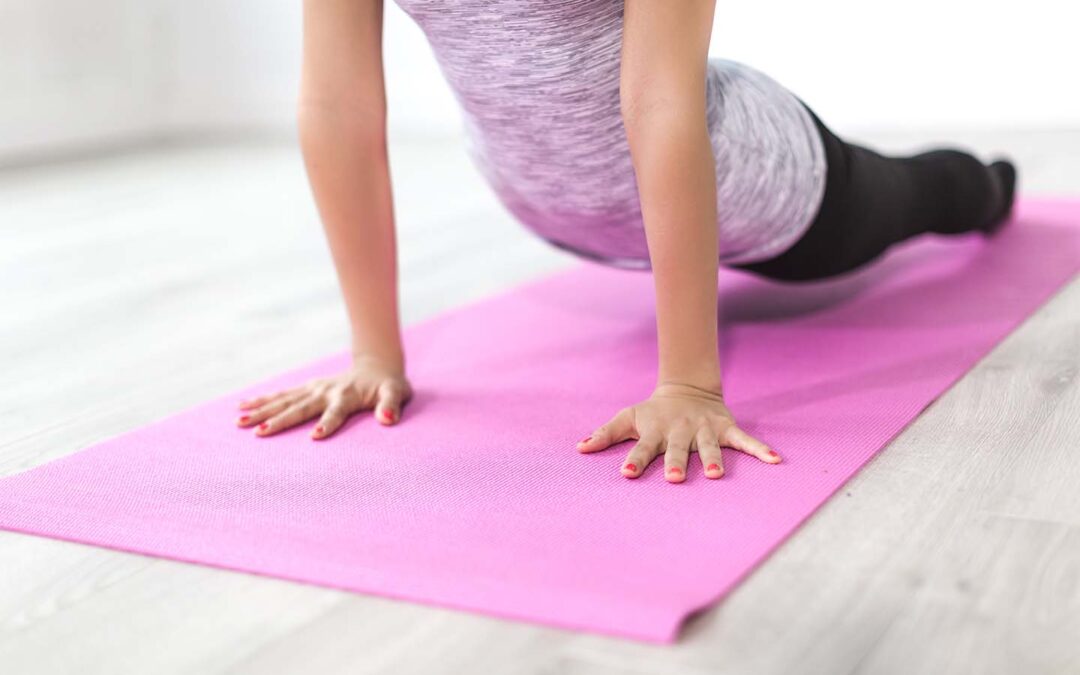I have had this question so often… how do I know if I need to relax my pelvic floor muscles?
So, let’s talk about what that means and who needs to be doing that.
First, the pelvic floor muscles again support organs, control sphincters (pee, poop), they stabilize the spine/pelvis and everything that attaches to the pelvis and spine, they help with healthy sexual function, they allow for good circulation through the pelvis. The pelvic floor muscles don’t just do the lifting contraction also known as a kegel.
So, you may have found on social media and through Google searches that it’s important to relax the pelvic floor muscles. What does that mean?
Relaxing the pelvic floor simply means that you know how to lengthen or elongate the pelvic floor muscles so that you can have good bladder emptying and bowel emptying, allow for penetrative intercourse, good stability of the spine and pelvis, and allow for a delivery of baby vaginally.
The reason why this is so important is otherwise you might struggle with constipation, urinary leakage and pelvic pain, including pain while sitting, walking, moving, and pain with penetrative intercourse or the use of tampons or menstrual cups.
Women and men alike struggle with overactive or hypertonic pelvic floor muscles.
Who needs to relax the pelvic floor muscles?
The people that need to relax the pelvic floor muscles are struggling with some of these problems:
Pain prior to bowel movements and relief of pain after
Constipation, which means firm stools almost like pebbles, difficulty getting out your stool.
Urinary leakage or urgency of having to use the bathroom and frequency.
People with interstitial cystitis
People with vulvodynia,
Tailbone pain
Pain in the testicles, penis or vulva.
It’s so important to get assessed by a pelvic physical therapist when you’re struggling with any of these issues. Again, a pelvic physical therapist is one that assesses the entire body, and assesses the pelvic floor muscles internally and externally.
If you see a general orthopedic physical therapist that does not assess these muscles, you are not going to fix the problem efficiently. It may take longer and you may not get full resolution.
If you don’t struggle within these problems, lengthening the pelvic floor is still important to do.
First to avoid any of the above problems from happening.
How do you lengthen the pelvic floor muscles?
Some of the ways to do that are going through different types of exercise. Squats are phenomenal for strengthening but also lengthening or relaxing the pelvic floor muscles. So I always tell clients to squat!
Exercising the body is a great way to not only exercise your heart, your brain, your bones, and joints, but also a really great way to maintain great pelvic floor, health and strength. And do not focus on doing “Ab work”.
Another key thing is always to stay hydrated, drinking enough water. Making sure to drink half of your body weight in fluid ounces.
Certain hip opening and rib cage mobility exercises found in yoga, pilates or stretching programs can help.
In conclusion…
If you have ever been told to just relax the pelvic floor muscles, it may not be something you can control and resolve on your own, and is just poor advice!! So trying to do these things at home without getting an assessment, again can lengthen the duration in which it might take to resolve your symptoms. A pelvic physical therapy can give you better answers to what is causing your tight pelvic floor muscles.
So, we offer free consultation to see if you’re a good fit for pelvic physical therapy here with us. We would love to hear from you!

